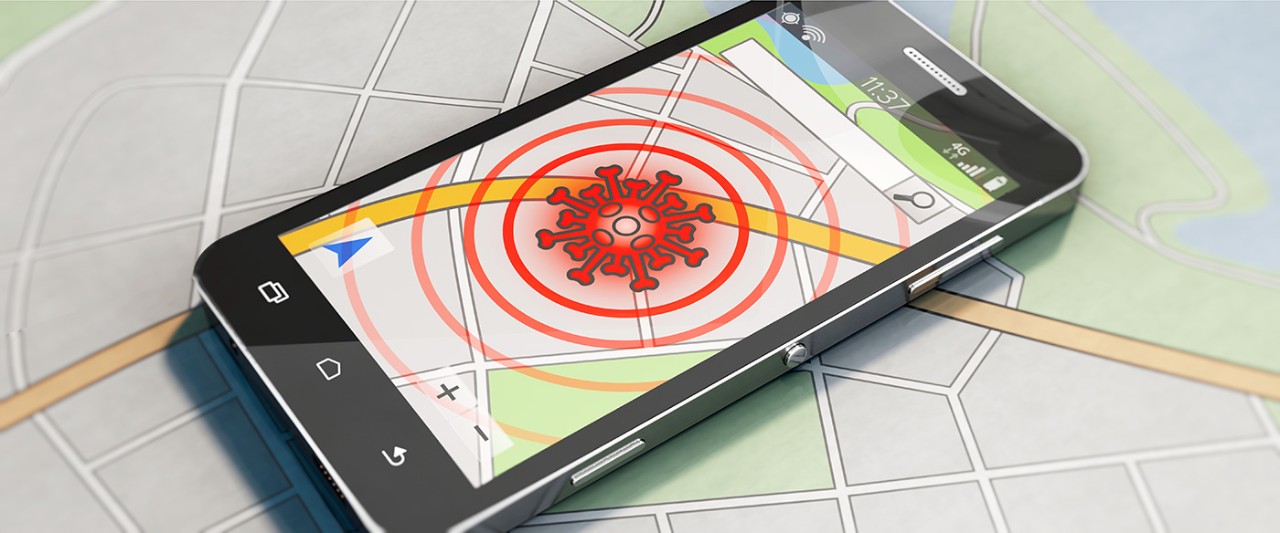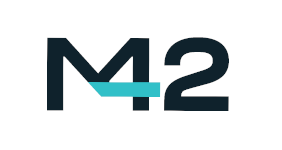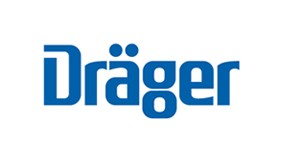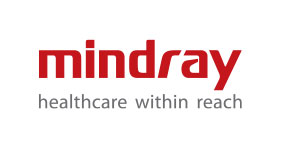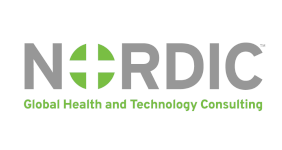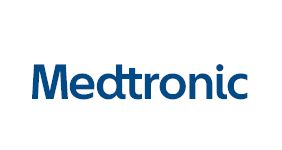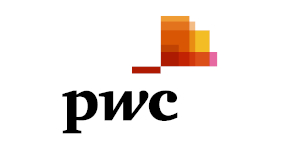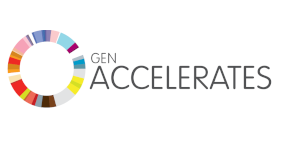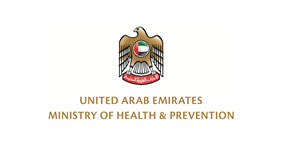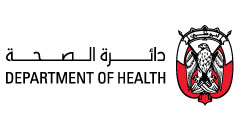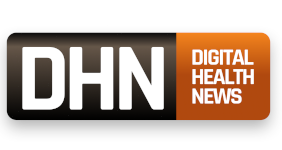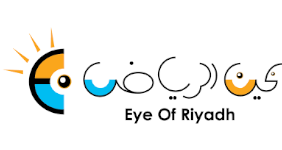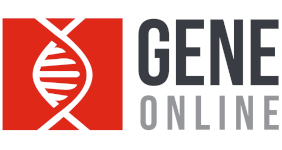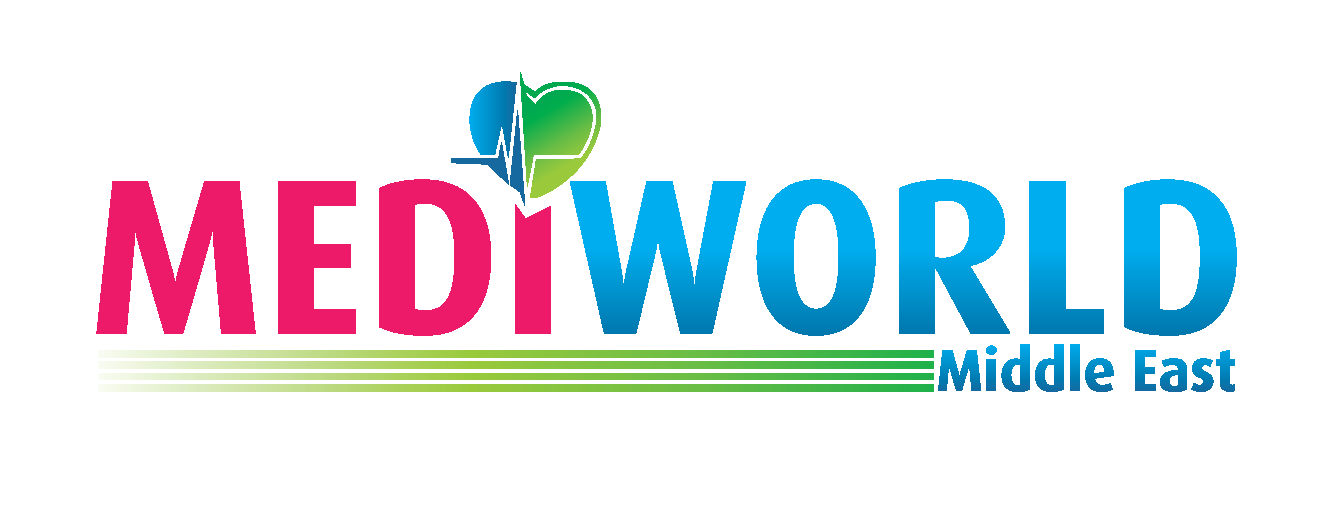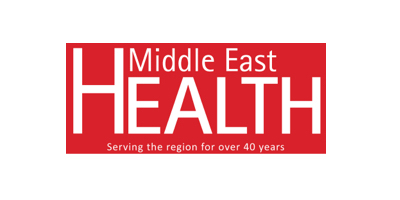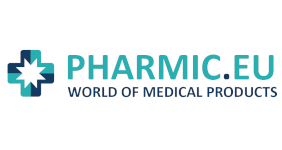Digital Health: Going beyond containing the COVID-19 infection rate
Technology and surveillance systems built upon digital health platforms are playing an integral role in supporting the public health response to outbreaks. In a recent article published in The Lancet, Whitelaw, S. et al. examined the applications of digital technology in COVID-19 pandemic planning and response.
The study found that countries that have maintained low COVID-19 per-capita mortality rates appear to share strategies that include early surveillance, testing, contact tracing, and strict quarantine and that the scale of coordination and data management required for effective implementation of these strategies has, in most successful countries, relied on adopting digital technology and integrating it into policy and healthcare.
The below are just a few examples of how digital health technologies have been identified as promising solutions to address the challenges of pandemic planning and management, and how technology has the potential to play an essential role in flattening the curve, limiting the spread of the virus, and assisting in the treatment of infected individuals.
Contact tracing and tracking
Providing an early signal for potential infections is a crucial step for the prevention of widespread infections. Digital health technologies, such as big data and artificial intelligence (AI), have helped facilitate COVID-19 preparedness and the tracking of people in several countries. Tools such as migration and interactive online maps, which use mobile phones, mobile payment applications, and social media to collect real-time data on the location of people, have been used to chart viral territories.
Both the World Health Organisation (WHO) and The Center for Systems Science and Engineering at Johns Hopkins University launched reference dashboards for daily updates on cases, deaths and recoveries recorded worldwide. Microsoft also launched a similar interactive Bing map, using a set of interactive visualisations so that everyone has full transparency into the scope of the problem and the progress we are making together to heal the world.
3D-printing
With the COVID-19 pandemic, an urgent need has risen worldwide for specialised health and medical products, and equipment makers have turned to 3D printing to address shortfalls. With the global supply chain for these vital products disrupted by widespread lockdowns and reduced travel, 3D printing is proving more agile and adaptable as manufacturing methods.
In China, 3D printing has been used in innovative ways in response to the pandemic. Fifteen well-equipped 3D-printed rooms were put into use for quarantined patients infected with the coronavirus in a major designated hospital in Xianning, a city neighbouring Wuhan, in Hubei Province. The 3D-printed rooms of about 10 square meters each were made in one day by a materials company based in Suzhou and reached the standards for quarantined patients in terms of heat preservation and isolation.
Through a Telegram chat, 1,900 innovators and medical professionals in Spain teamed up to offer innovative solutions to battle the coronavirus crisis. The team successfully developed a prototype of an automatic ventilator that can be printed with a 3D printer and sent to hospitals on the frontlines of the COVID-19 crisis.
Telehealth consultations and remote healthcare
Although the benefits and the technology of telehealth have been available for some time, the COVID-19 outbreak removed the behavioural and economic barriers to widespread adoption of telemedicine. Telemedicine and chatbots are becoming increasingly attractive solutions under the current circumstance.
According to the Centers for Disease Control and Prevention, telehealth services help provide necessary care to patients while minimising the transmission risk of COVID-19 to healthcare personnel (HCP) and patients. Telehealth services can facilitate public health mitigation strategies during this pandemic by increasing social distancing. Similarly, the COVID-19 pandemic has helped widen global usage for chatbot technology showing how this new communications channel can be leveraged in the years ahead by a range of groups and institutions.
In the United Arab Emirates, for example, the Ministry of Health and Prevention launched a chatbot service called Virtual Doctor for COVID-19, which people can use to assess whether their symptoms could be associated with the novel coronavirus, COVID-19.
The chatbot asks questions relating to the person’s travel history if they have come in contact with someone who has travelled and is sick and if they have come in contact with someone known to have COVID-19. It also asks if the person is suffering from specific symptoms and about their health habits. Depending on the person’s answers, the chatbot will deduce if the patient is at risk and will connect them to a doctor through the same service.
Artificial Intelligence and Machine Learning
According to the WHO, AI and machine learning are playing a pivotal role in better understanding and addressing the COVID-19 crisis. Machine learning technology enables computers to mimic human intelligence and ingest large volumes of data to identify patterns and insights quickly. In the fight against COVID-19, organisations have been quick to apply their machine learning expertise in several areas: scaling customer communications, understanding how COVID-19 spreads and speeding up research and treatment.
The White House announced a project in collaboration with tech companies and academics to make a huge amount of coronavirus research accessible to AI researchers and their algorithms for the first time. The COVID-19 Open Research Dataset, known as CORD-19 uses AI to mine through more than 130,000 scholarly articles to answer questions that could help medical and public health experts. By cross-referencing papers and searching for patterns, AI algorithms might help discover new possible treatments or factors that make the virus worse for some patients.
The ethical question of balancing innovation and safety
As digital technology typically involves the use of the internet and mobile phones, susceptible groups such as those in low-income neighbourhoods or remote regions might not have access to broadband signals, smartphones, or wearable technology such as smartwatches. According to Whitelaw, S. et al., in order to effectively implement digital technology globally, federal and private sector investment in technology and infrastructure should be considered.
Several digital health interventions, particularly those that track individuals and enforce quarantine, can infringe on privacy while increasing risk among individuals with mental illness or restricted access to food or water. Meanwhile, government-implemented surveillance and control can instil fear and threaten civil liberties. However, the appropriate concerns about privacy and data security are potentially offset by facilitating a return to a normal routine without a rebound in infections.
Lesson learned for the future
According to the WHO, the 2020s may turn out to be the decade when digital technology reshapes the health system. COVID-19 has undoubtedly driven many developments in the first six months of 2020, as the digital health community continues to navigate how best to bolster classic public health measures.
The integration of digital technology into pandemic policy and response could be one of several characteristic features of countries that have flattened their COVID-19 incidence curves and maintained low mortality rates. In the race to contain the spread of a highly transmissible virus, countries that have quickly deployed digital technologies to facilitate planning, surveillance, testing, contact tracing, quarantine, and clinical management have remained front-runners in managing disease burden.
Similarly, the Information Technology and Innovation Foundation (ITIF) highlights that digital health holds the transformational potential for healthcare around the world as many digital health products are already proven, readily available, and adaptable to all kinds of countries, and are showing their potential during the current coronavirus crisis by facilitating collaboration.
However, health data and digital technologies are not a silver bullet to COVID-19 and other health issues, and, looking forward, challenges around technological maturity, scalability, data governance and impact on health outcome will remain to be solved before they could be institutionalised to strengthen public health services.
As the first country hit by the outbreak, China introduced a range of digital solutions throughout different stages of the outbreak driven by a nationwide call from the National Health Commission. Private companies and national and local health authorities worked together to build ICT infrastructure, through aggregating and analysing data at scale, to enable the availability of virtual and/or AI-powered healthcare services.
While contact tracing, testing, and surveillance were each improved in China by data-driven technologies, a traffic-light styled ‘Health Code’ application was launched and adopted by more than 900 million individuals in order to balance the resumption of economic and social activities with public health risks.
Also, the ongoing ‘Internet + Healthcare’ strategy online consultation services were boosted during the outbreak when the National Health Commission and the National Health Security Administration took further steps to co-release a policy that removed two other practical barriers when people turn to online platforms for healthcare - the physical barrier to receiving prescription re-fill delivery and the financial barrier from timely reimbursement.
With widespread testing and digital health interventions, Germany has maintained a low per-capita mortality rate, relative to other countries, despite a high prevalence of cases. In April, Germany launched a smartwatch application that collects pulse, temperature, and sleep pattern data to screen for signs of the flu-like illness. Data from the Corona Data Donation app are presented on an online, interactive map in which authorities can assess the likelihood of COVID-19 incidence across the nation.
More recently, German health authorities launched a contact tracing smartphone app – the Corona-Warn-App - that uses short-range Bluetooth to contact people who may have been exposed to someone who contracts the coronavirus and doesn’t rely on a centralised database. Downloaded 6.5 million times within 24 hours of its launch on 15 June, the app is based on technologies with a decentralised approach and development of the programme code was continuously visible on the GitHub development platform so that experts and the public alike were able to track infection rates at any time. .
The Kingdom of Saudi Arabia is recognised globally as having deployed a comprehensive digital health strategy to manage the spread of the COVID-19 outbreak as an example of good practice.
The Kingdom was able to scale up surveillance quickly, and testing measures with all suspected cases are investigated, particularly at points of entry, and confirmed cases were immediately isolated and treated.
Infection rate and keeping mortality low has primarily been attributed to the role of digital health in the Ministry of Health’s response strategy. This involved setting up a number of technology applications and data domains to respond to the COVID-19 Command & Contact Centre requirements. It also included the development of dashboards and connecting data through the National Health Observatory (NHO), as well as conducting awareness and education campaigns through the telecommunications network.
The deployment of digital applications such as mobile health applications, telehealth, virtual clinics and robotics to support that COVID-19 response has proved particularly successful. During the outbreak, both patients and physicians can access EMRs from their homes and home healthcare has also allowed for the provision of vaccinations to vulnerable patients and critical follow-up care to chronic disease patients in their own homes.
In Ghana, the COVID-19 pandemic has spurred people to adopt innovations in healthcare, from apps that help diagnose coronavirus symptoms to drones transporting blood samples. As the fight against the virus continues, a number of domestic and Pan-African healthcare start-ups have built on recent innovations to help tackle new challenges posed by COVID-19.
In the pharmaceutical retail space, Ghanaian start-up mPharma launched a price control programme called ‘Mutti Keep My Price’ in mid-March. The initiative allows patients in need of chronic disease medication to continue paying the same price for their prescriptions for up to six months, regardless of market prices.
Healthcare tech company Redbird has been working to ease the burden on hospitals in Ghana with technology that can help pharmacies diagnose and monitor chronic and tropical diseases, saving user information on an app. Now the company has added a function that allows people to self-diagnose whether they have COVID-19. Users can input symptoms into an app and keep track of their movements to determine if they have been in contact with a confirmed case.
Meanwhile, Talamus Health provides a platform for patients to connect with healthcare providers. The company is currently offering video appointment services for free as the major cities remain in lockdown, and has experienced a spike in activity as a result of the Covid-19 outbreak.
About Arab Health
Arab Health is the largest healthcare event in the Middle East and is organised by Informa Markets. Established in 1974, Arab Health provides a platform for the world’s leading manufacturers, wholesalers and distributors to meet the medical and scientific community in the Middle East and subcontinent.
The upcoming edition of the event is expected to welcome the healthcare industry to view the latest healthcare innovations, products and services, and experience the highest quality Continuing Medical Education (CME) conferences for medical professionals in the region.
Interested in participating in Arab Health?
If you have any other queries, email us on [email protected]



